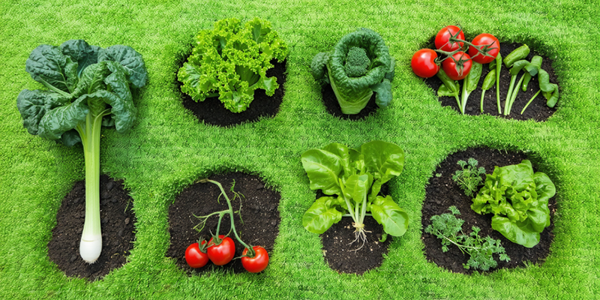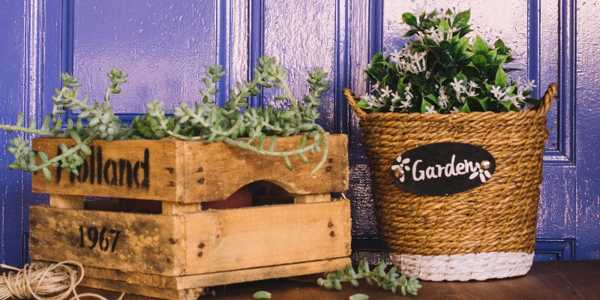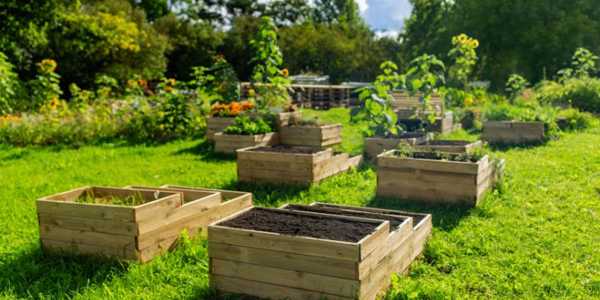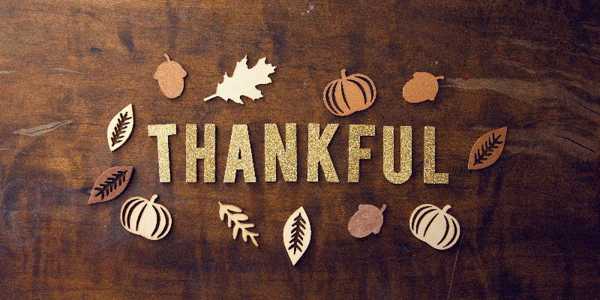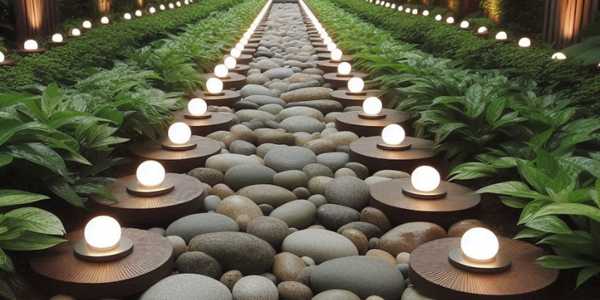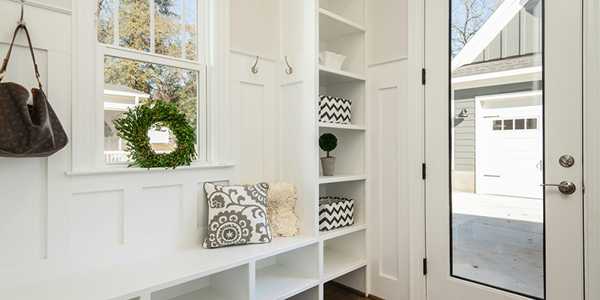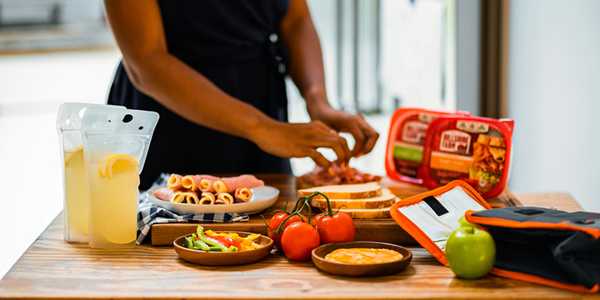How Do You Plan a Garden Layout For Maximum Yield?
As gardeners, we plant seeds, nourish them, and then expect them to become productive. We always hope for the best harvest and maximum yield. However, the layout is one factor we often forget to consider while sowing and planting. A well-planned garden layout can maximize your harvest, reduce maintenance, and make the most of your space for gardening. This applies to both yards and raised garden beds.
If you want to know how to plan a garden layout for maximum yield, keep reading.
1. The Right Location
A great garden starts with the right spot.
Here are some things to consider:
Sunlight – Most vegetables need at least 6-8 hours of direct sunlight daily.
Water Access – Keep your garden near a water source for easy irrigation.
Soil Quality – Rich, well-draining soil is key. If your soil is poor, consider raised beds or containers.
Wind Protection – Avoid placing delicate plants in strong wind areas without windbreaks.
2. Select The Best Garden Layout
The way you arrange your plants affects yield. It can impact your accessibility and efficiency.
Here are three standard layouts:
Row Gardening
This type of garden layout is best suited for Large Spaces. Here are some characteristics of this layout.
Traditional method with plants in long, straight rows.
Easy to navigate but less space-efficient.
It is best for crops like corn, potatoes, and beans that need room to spread.
Raised Beds
This type of garden layout suits Small Spaces. It ensures better Soil Control.
Here are some benefits of Raised Garden Beds:
It Maximizes planting density and improves drainage.
It keeps the soil loose, leading to healthier roots.
It is ideal for root vegetables, greens, and compact plants.

Square Foot Gardening
If you want the best High-Yield in Small Areas, this layout is your choice.
Here is why it is so beneficial:
It uses grid-based planting (e.g., 12-inch squares) to organize crops.
Reduces wasted space and simplifies crop rotation.
Perfect for urban gardens and raised beds.
3. Companion Planting
Pairing the right plants together can deter pests. It can improve soil and increase the yields of crops.
Some winning combinations for companion planting are:
Tomatoes + Basil – Basil repels pests and enhances tomato flavour.
Carrots + Onions – Onions keep carrot flies away.
Corn + Beans + Squash (Three Sisters Method) – Corn supports beans, beans fix nitrogen, and squash shades the soil.
Pairs To Avoid
Here are some terrible pairings in companion planting that you should avoid:
Tomatoes & Potatoes – Both attract similar diseases.
Beans & Onions – Onions can stunt bean growth.
4. Succession Planting
Succession planting is best if you want to harvest food all season long. This type of gardening involves replacing harvested crops with new ones.
Here are some ideas to keep in mind.
Example Planting Schedule:
Early Spring: Lettuce, radishes, spinach
Mid-Summer: Tomatoes, peppers, beans
Fall: Kale, carrots, garlic for overwintering
Gardener’s Tip: You can harvest continuously by staggering the planting every 2-3 weeks.
5. Space Optimization
When you overcrowd the garden and beds, you can cause poor airflow, disease, and stunted growth. You also waste valuable space that could be used as a planting area.
Here are some tips you need to remember while planning for space optimization.
General Spacing Guidelines:
Leafy greens should be at least 6-12 inches apart.
Tomatoes & peppers should be planted18-24 inches apart.
Squash & melons can be grown 3-4 feet apart.
Vertical Gardening Hack: To save space, you can use trellises or cages to grow climbing crops like cucumbers, peas, and pole beans.
6. Rotate Crops To Prevent Soil Depletion
Planting the same crops in the same spot every year exhausts soil nutrients, a process called soil depletion. It also attracts pests.
You should follow a 3-year rotation cycle when gardening for maximum yield. Here are some pointers.
Year 1: Leafy greens (lettuce, spinach)
Year 2: Fruiting plants (tomatoes, peppers)
Year 3: Root crops (carrots, potatoes)
Bonus: Always try to grow nitrogen-fixing plants (like beans) after heavy feeders (like tomatoes). This is important to restore soil health naturally.
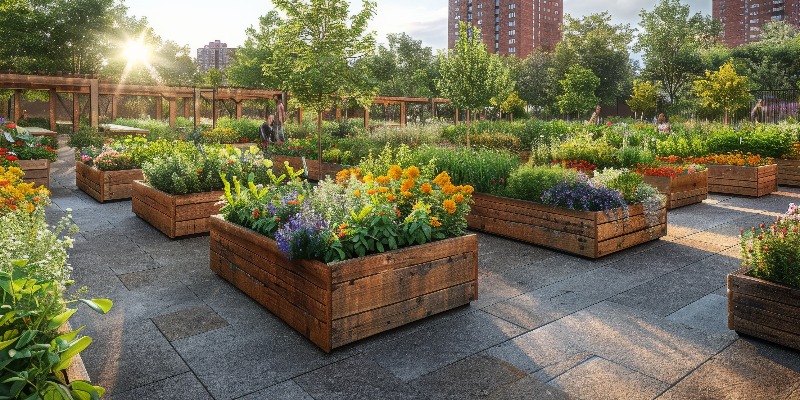
7. Plan Pathways For Easy Access
You should always leave some space between plants to walk and work. This will prevent soil compaction and will not cause any damage to plants.
Here are some ideal Path Widths you should have in your garden.
Main pathways: 18-24 inches wide
Between rows: 12-18 inches
Between raised beds: 2-3 feet for easy movement
Use mulch, gravel, or stepping stones to keep paths weed-free.
Plan Now, Harvest More Later
A well-thought-out garden layout is essential. It can save time, boost plant productivity, and make gardening more enjoyable.
With our tips and tricks for planning a garden layout for maximum yield, you can create a garden that thrives and yields high yields, regardless of the size of your space.

